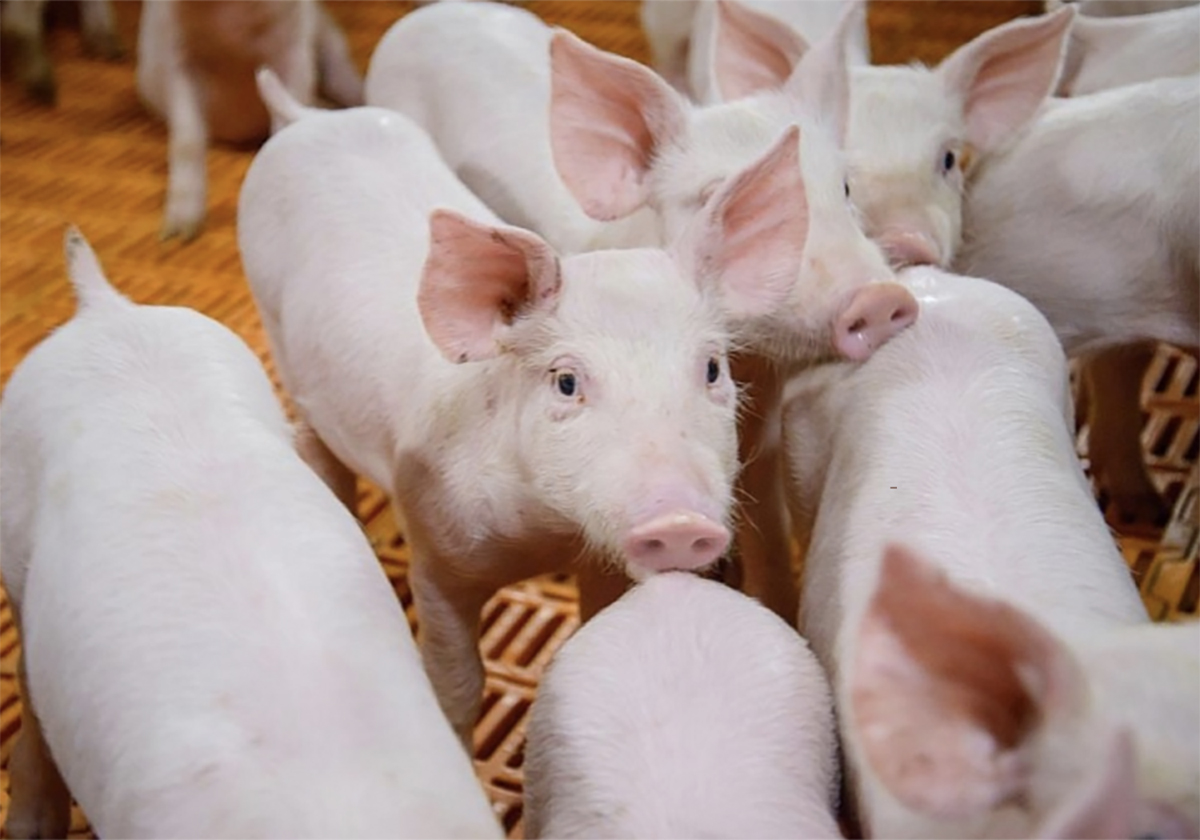NASHVILLE, Tenn. – Putting American beef on the world’s table is becoming a reality.
The United States has shifted from being an importer to a major exporter, providing 25 percent of the beef traded internationally.
Japan is the number one destination for American beef, but that is giving way to Mexico. Food safety scares and a sluggish economy saw Japan’s export beef market drop by about 30 percent in 2002.
“We made up for that by a 25 percent increase to Mexico and a 95 percent increase to (South) Korea,” Mike Miller, a market analyst with Cattlefax, said at the National Cattlemen’s Beef Association convention in Nashville.
Read Also

The Western Producer Livestock Report – August 28, 2025
Western Producer Livestock Report for August 28, 2025. See U.S. & Canadian hog prices, Canadian bison & lamb market data and sales insights.
“We may have a changing of the guard taking place. Our expectation is that in 2003 Mexico will become our top export destination for the first time in history.”
He said Japan will always be important, but that market has taken longer to recover than expected.
In 2002, Mexico imported $777 million US of American beef and variety meats. Mexico’s self-sufficiency in beef is 75 percent and decreasing, so imported product is necessary.
However, there are other competitors in the Mexican market, including Canada and Central and South America.
Nevertheless, the U.S. maintains a positive trade position because it exports more valuable meat than it imports.
Working with the U.S. Meat Export Federation, exporters are beefing up their customer service. They not only sell their product around the world, but also teach customers how to prepare it.
Tom Lipetzky, vice-president of international programs for the U.S. Meat Export Federation, said promotion programs have been initiated in Taiwan, China, Russia, Europe, the Caribbean, Mexico and Japan.
Followup studies showed sales of American beef increased during the promotion periods.
Each promotion emphasized beef’s nutritional benefits. For Japanese customers frightened by reports of bovine spongiform encephalopathy, safety was also part of the message.
For Russia, the promotion focused on liver sales while the European and Middle Eastern programs worked with the hospitality industry to buy high-end beef cuts for upscale restaurants.
Chef competitions were a highlight in the Caribbean, a region that wants items specially adapted for its tourism industry, such as controlled portions where each plate gets exactly the same size cut of meat.
About 35,000 tonnes of U.S. beef went to the Middle East in 2002.
Egypt is a major customer for livers and Saudi Arabia has a niche market for high-quality beef.
Growing tension in the Middle East has not yet affected exports.

















